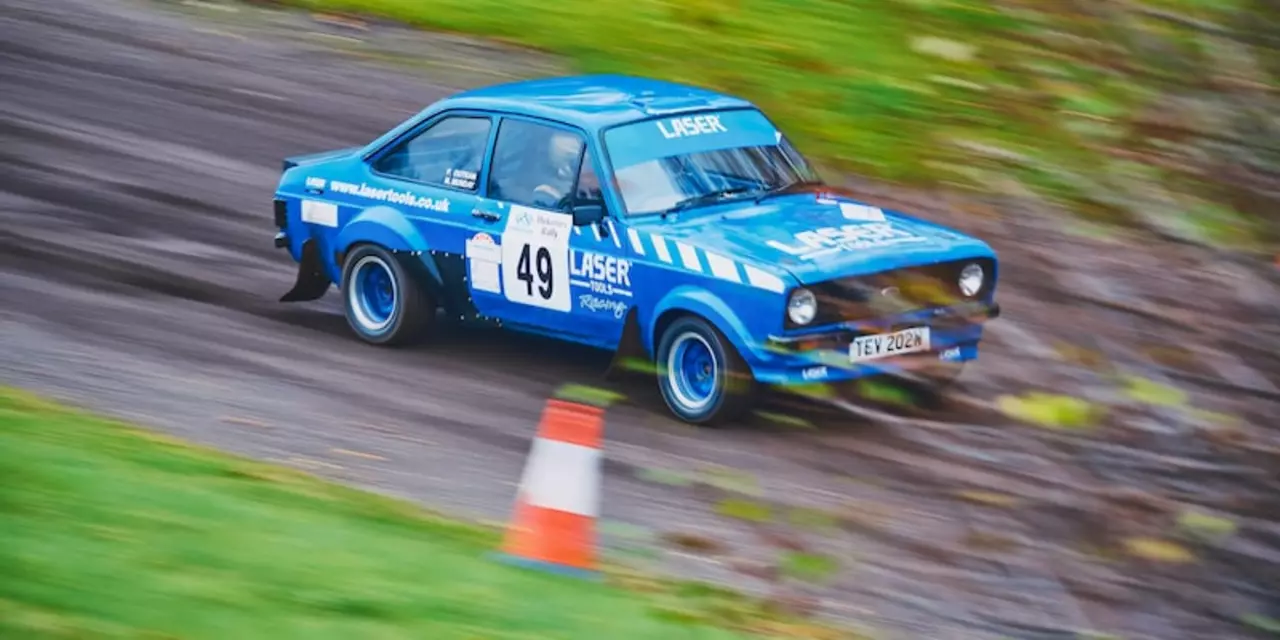Rally Racing Simulation: How Dirt Simulators Boost Real Driving Skills
If you’ve ever wondered whether spending hours behind a virtual wheel can actually help you on a real rally stage, the answer is a resounding yes. Modern rally simulators recreate the feel of loose gravel, slippery mud, and sudden elevation changes with surprising accuracy. That means you can practice your corner entry, throttle control, and pace notes without risking a dented car or a busted tire.
Why Simulators Work Better Than You Think
The biggest advantage is the safe environment. In a sim you can push the limits, make mistakes, and instantly reset. Those “crash‑and‑learn” moments teach you how a car reacts when you brake too late or accelerate too hard. Over time your brain starts to recognize the cues—like the sound of a wheel spin or the loss of grip on a left‑hand turn—so you react faster when you’re actually on tarmac or forest track.
Another perk is the ability to repeat the same section over and over. Want to nail that hairpin on a snowy stage? Load the map, set the weather, and run the segment until it feels natural. Real life rallies don’t give you that luxury; you only get one shot per stage. Simulators let you build muscle memory in a way that real practice can’t match.
Practical Tips to Turn Virtual Time into Real Gains
First, treat your simulation session like a real practice run. Set up a steering wheel, pedals, and a seat that mimics your rally car’s cockpit. The more realistic the setup, the better your body learns the motions and forces involved.
Second, focus on specific skills rather than just “having fun.” Pick a goal—maybe smoother weight transfer on loose surfaces or quicker gear shifts. Use the in‑game telemetry to see where you lose time, then adjust your technique. Small, focused tweaks add up quickly.
Third, record your laps and watch them back. Look for moments where the car slides too wide or you miss a braking point. Comparing a virtual lap to a video of a pro driver can highlight gaps in your technique that you might not feel while playing.
Finally, blend sim time with real‑world driving whenever possible. Take the same notes you’d use on a rally stage and practice them in the sim. When you finally hit the dirt, the notes will feel familiar, and your confidence will be higher.
All of these habits turn a fun hobby into a genuine training tool. You’ll notice you’re less jittery on slippery sections, your pace notes become clearer, and you recover from mistakes faster. That confidence boost is often the biggest win—knowing you can handle the unknown makes the real rally experience far less intimidating.
So, next time you fire up a dirt rally simulator, remember you’re not just playing a game. You’re building the skills, instincts, and confidence that can make a real rally stage feel a little less wild and a lot more manageable.

Does simulated dirt rally racing help with real life rally driving?
Simulated dirt rally racing can improve a driver's real life rally driving skills. The simulation offers an immersive experience, allowing the driver to hone their skills in a realistic, yet safe environment. It also allows them to practice their driving techniques and strategies without the risk of damaging their vehicle. Simulated rally racing can help drivers to become more aware of their surroundings and to better understand how to react to road or terrain changes. Additionally, it can help drivers to become more familiar with the cars they will be driving in actual rally events. Finally, simulated dirt rally racing can help drivers to develop the confidence they need to tackle the challenges of a real rally course.